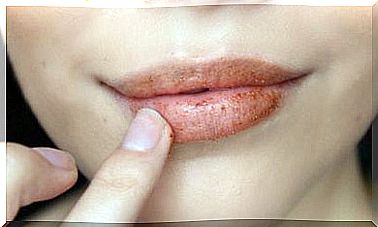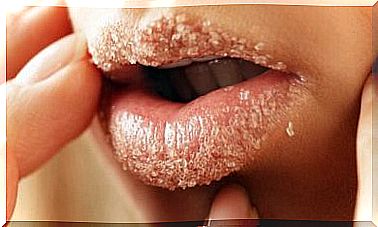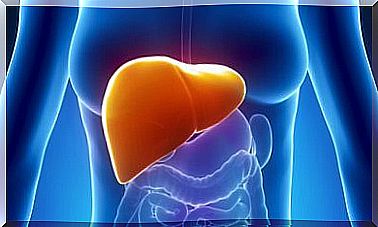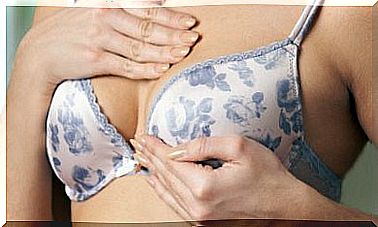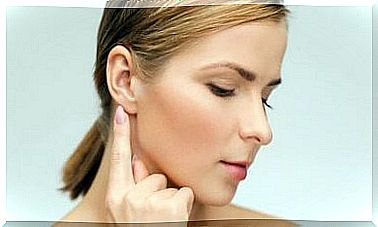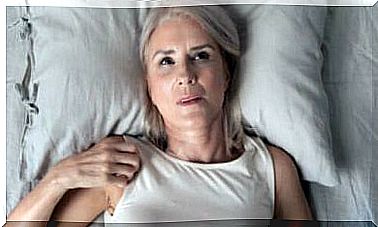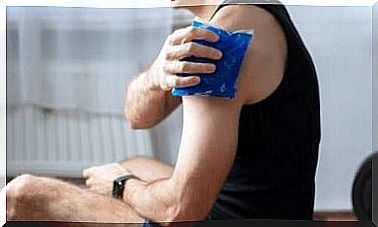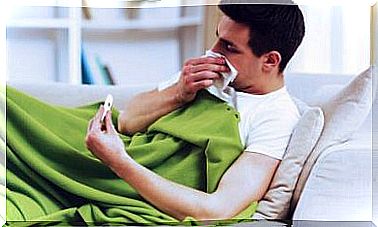Orthopedic Problems In Children And Infants – Learn About The 5 Common
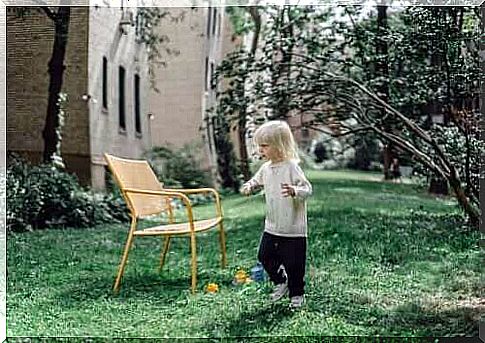
Orthopedic problems in children and babies are a common problem. Some of these conditions improve as growth progresses. Others persist or evolve and can turn into serious disorders.
Parents should therefore be vigilant if they discover orthopedic abnormalities in their children. However, you don’t need to worry or be overly anxious. Many conditions may seem serious, but they are not.
In any case, it is recommended to consult a doctor so that he can indicate what to do next. In many cases, it is appropriate to wait for time to sort things out. Below we present the most common orthopedic problems in children and infants.
Common orthopedic problems in children

There are various orthopedic problems in children that may arise at birth or appear in the first years of life. However, some of them are quite common. Among them, five irregularities are distinguished, which we will talk about below.
1. Flat feet causes frequent orthopedic problems in children
It is one of the common orthopedic problems in children. In fact, almost all babies are born with flat feet, and the arch only forms as they grow up. However, in some cases, the arch does not form completely and then we speak of flat feet in the strict sense of the word.
Flat feet aren’t really a problem. There is no evidence that it reduces a child’s ability to walk or play sports normally. Only in cases where this condition causes pain, doctors will recommend the use of special insoles.
2. Transferring the weight of the feet to the toes
This anomaly occurs when children tiptoe. This often happens when they are learning to walk, between the ages of 1 and 3. Usually they drop this habit around the age of 2. However, some still walk this way even at a later age.
If your little one tiptoes only once in a while, that’s okay. However, if this is his usual way of walking, be sure to consult your pediatrician. In these cases, a neurological problem such as cerebral palsy may occur.
If there are no additional abnormalities, treatment will be necessary to ensure that the child adopts a normal gait.
3. Common orthopedic problems in children: varus of the foot
Varus feet are said to be twisted inward. It is imperative to clarify that this condition occurs in children when they begin to stand up. This usually happens between 8 and 15 months of age. If the abnormality persists after this time, varus is considered a disorder.
Usually varus occurs when the hip is twisted inward. This is called anterior femoral rotation. In most cases, the condition does not affect the child’s movement or normal development of activities. Usually everything returns to normal as time goes on.
4. Arched legs
Common orthopedic problems in children also include arched legs, also called varus knee. In such cases, there is excessive curvature from the knee, outwards and downwards. However, very often this problem is corrected naturally.
If the abnormality persists beyond the age of 2, or only affects one leg, a more serious problem may arise: rickets or Blount’s disease. Rickets is a bone growth problem that results from a vitamin D deficiency.
Blount’s disease, on the other hand, is a disorder of the tibia that causes abnormal bone growth. In such cases, specialized orthopedic treatment is required. Arched legs can also be inherited.
5. Legs at “x”
‘X’ legs, or knee valgus, are found in almost all children today, but in a moderate form. This abnormality occurs between the ages of 3 and 6, as the baby’s natural leg straightening process is at this stage.
So usually the legs straighten themselves over time. Therefore, very rarely any treatment is needed. However, if the “x” in the legs is very pronounced or persists after 6 years, consult your doctor.
How to diagnose orthopedic problems in children and infants?
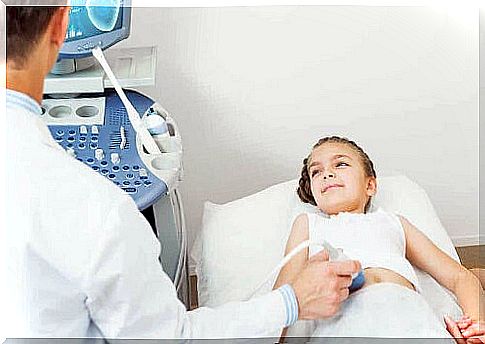
Common orthopedic problems in infants and children are usually diagnosed with a physical examination at the pediatrician’s office. Only in special cases, additional tests are required, such as x-rays, computed tomography, ultrasound, electromyography or magnetic resonance imaging.
In most cases, the doctor will carefully examine the affected limb and will sometimes ask the child to take a few steps. When it comes to flat feet, you may need to tiptoe. When tiptoeing, the doctor will simply observe your baby’s natural gait.
Varus feet are diagnosed by observing the shape and position of the foot. For arched legs, gait and foot placement are examined and sometimes imaging tests are ordered. The latter are also the main diagnostic path for the legs in “x”.
A pediatric consultation is the best option
Common orthopedic problems in children also include other conditions that are relatively common. These include, but are not limited to, the ‘outwards’ feet, the ‘upwards’ ankle or club feet, or clubfoots which are similar to clubfoot but stiff.
In all of the above situations, it is important to closely follow the evolution of gait in children. In case of any doubts, it is advisable to consult a pediatrician for an individual assessment of the child.
Here, as in many other cases, early detection and medical attention can be critical.

